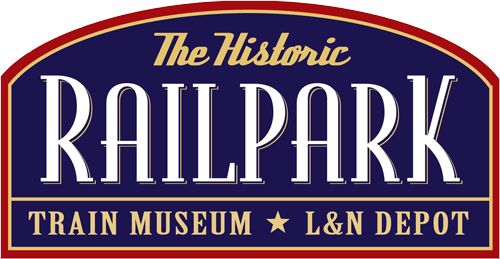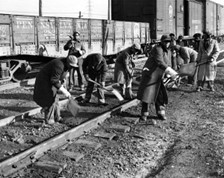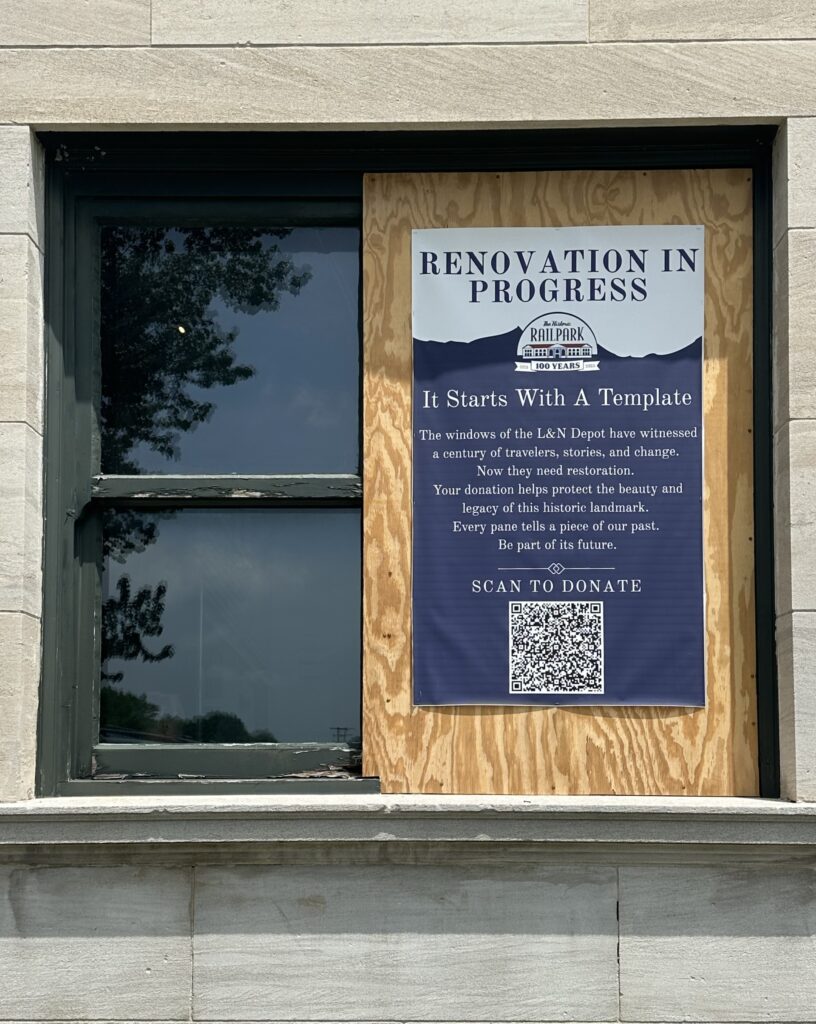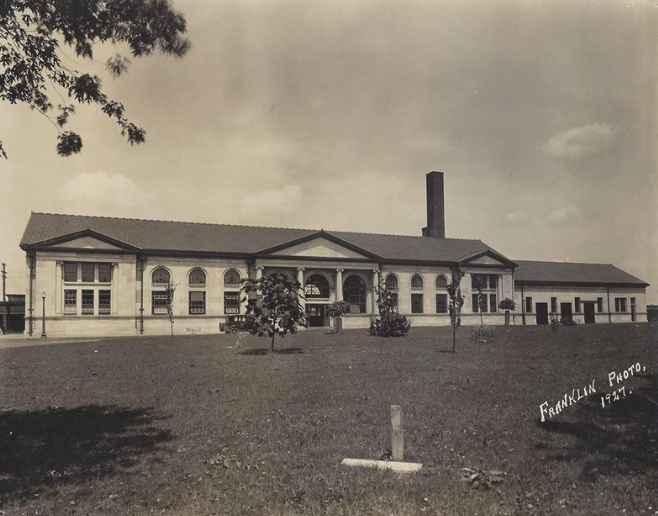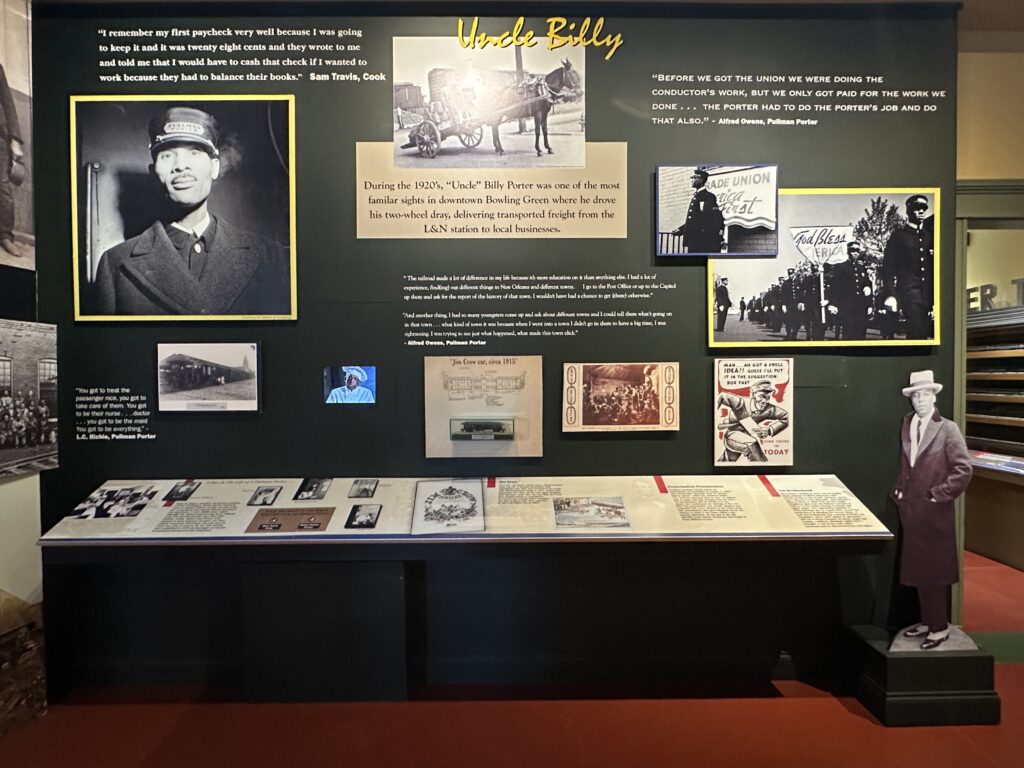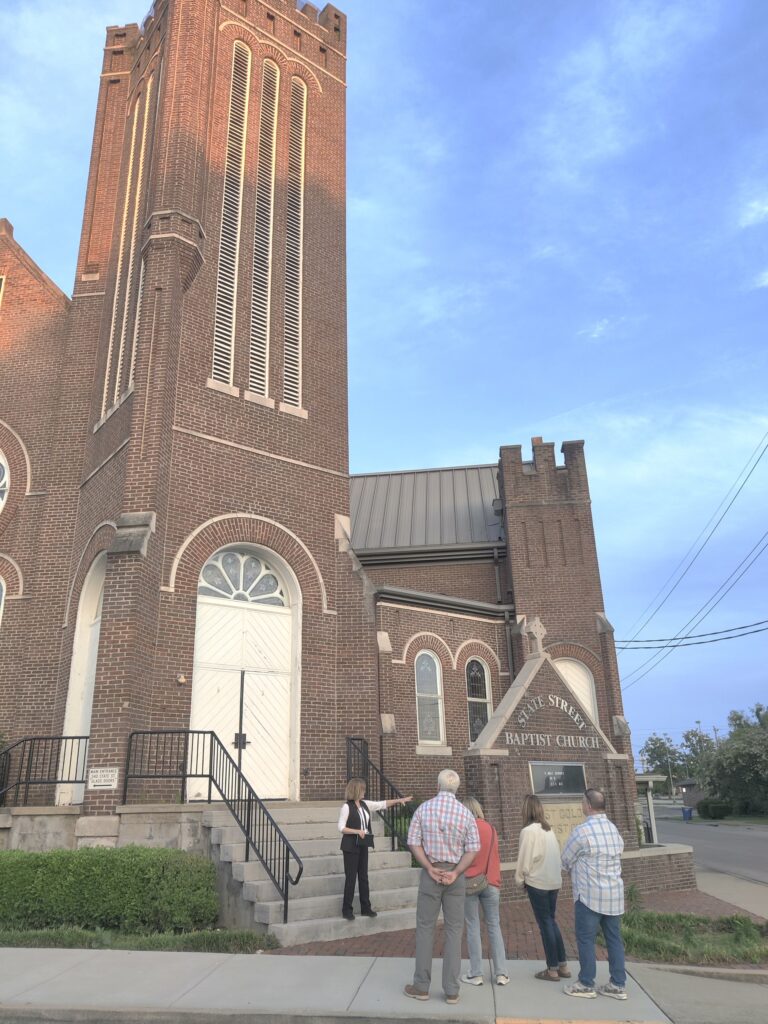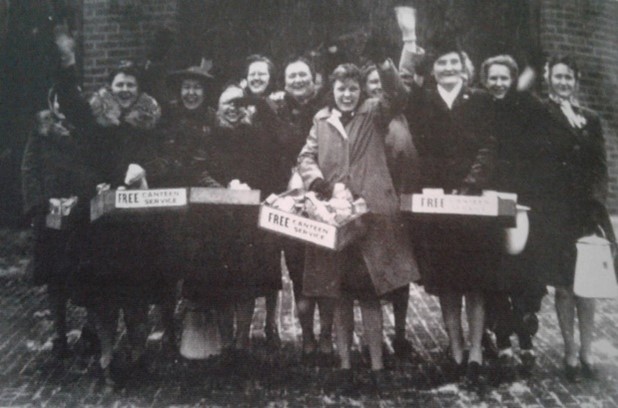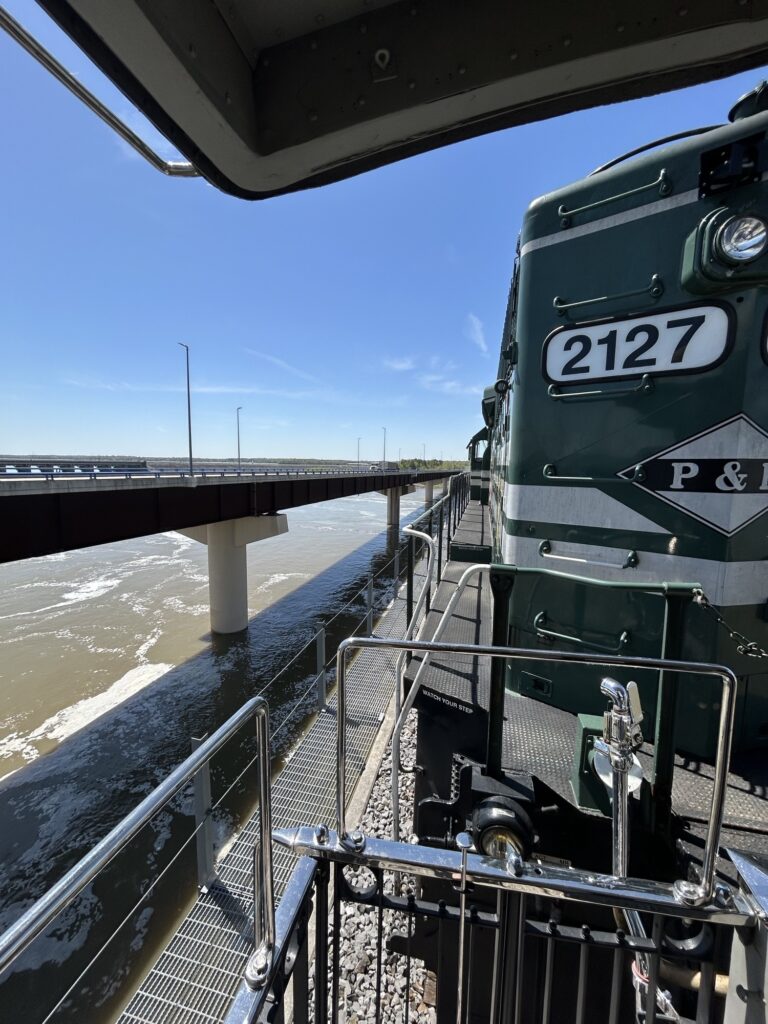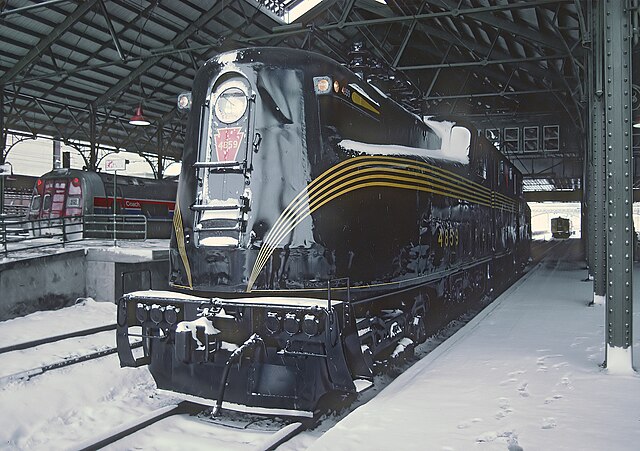African American Women Railroaders
World War II brought about unprecedented changes to the workforce as the nation faced a shortage of men due to the demands of the Selective Service. The Louisville and Nashville Railroad responded to this challenge by breaking traditional gender and racial barriers, introducing a wave of African American women into roles that were previously reserved for men.
In response to the shortage of men during World War II, the L&N made a historic move by hiring African American women on August 16, 1943. These women were employed in traditionally male positions at the Roundhouse and later at the South Louisville Shops. The introduction of African American women into roles previously dominated by men was a groundbreaking moment, challenging both racial and gender norms in the railroad industry.
By October 1943, the L&N had at least 175 African American women working at the South Louisville Shops and another 62 at the Roundhouse. These women shattered gender barriers by taking on jobs traditionally held by men, particularly in track maintenance. For many of these women, this was their first employment with a railroad, marking a significant milestone in their professional lives.
The women worked diligently during the first shift at the South Louisville Shop and around the clock at the Roundhouse, showcasing their commitment to their roles. The workforce ranged in age from 18 to 40, and approximately half of them were married. This diverse group of women brought a range of experiences and perspectives to their work, contributing to the overall resilience and strength of the L&N during this critical period.
The employment of African American women in these roles was not without its challenges. They faced both racial and gender discrimination, but their determination and dedication prevailed. These women not only performed their duties with efficiency but also paved the way for future generations, proving that everyone, regardless of gender or race, could excel in the railroad industry.
The groundbreaking efforts of African American women railroaders during World War II at L&N left an indelible mark on the industry. Their legacy continues to inspire and serve as a testament to the resilience and strength of African American women in the face of adversity. While their stories may not have been widely recognized at the time, it is crucial to acknowledge and celebrate their contributions to the railroad industry’s history.
The employment of African American women at L&N during World War II marked a pivotal moment in the history of the railroad industry. These women, breaking barriers of both race and gender, demonstrated their capability, dedication, and resilience in roles traditionally reserved for men. As we reflect on this chapter in history, let us celebrate and honor the pioneering spirit of African American women railroaders who played a crucial role in shaping the workforce of the L&N during a time of great change and challenge.
At the Historic RailPark & Train Museum, the 1st floor of our museum boasts exhibits that share the stories and contributions of African Americans to the L&N Railroad.

